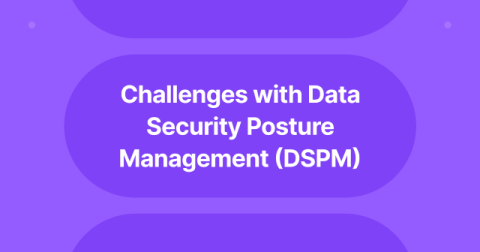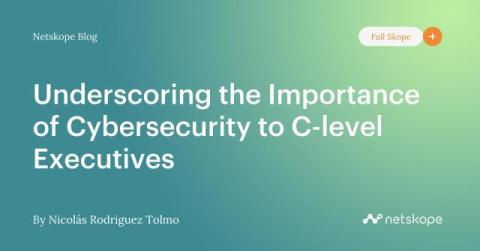How Fidelis NDR Stands Out: Deep Session Inspection Explained
Discover how Fidelis Network Detection and Response (NDR) goes beyond traditional Deep Packet Inspection (DPI) systems. In this insightful video, we explore how Fidelis NDR provides unparalleled visibility into network traffic, enabling organizations to detect and analyze sensitive data within complex, multi-level archive files and beyond. Key highlights include: Watch to see how Fidelis NDR empowers proactive cybersecurity through advanced data visibility and inspection techniques.










